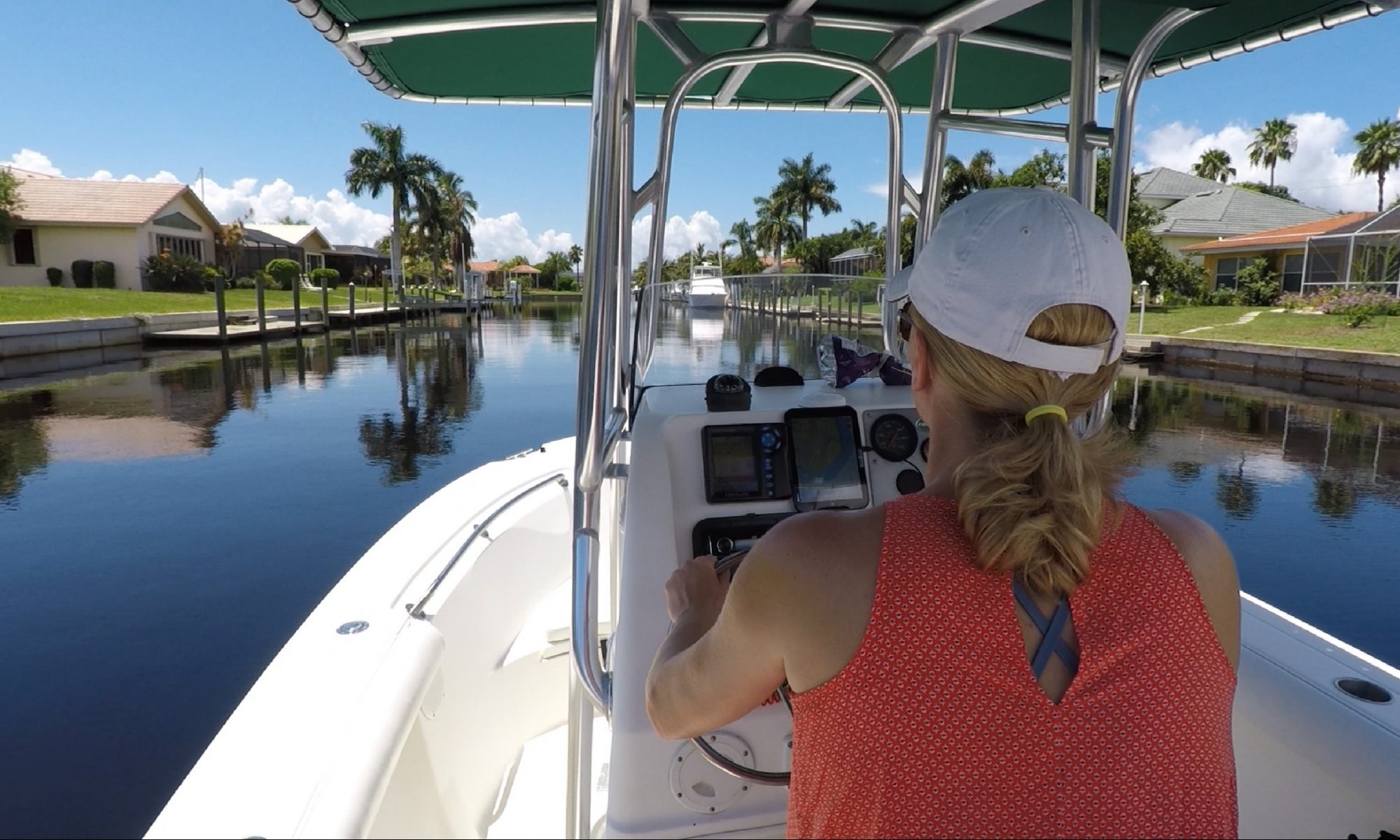Punta Gorda Isles is a luxurious and well-maintained neighborhood located in Port Charlotte, Florida. It is a popular destination for retirees and vacation homeowners who seek a peaceful and comfortable lifestyle. This neighborhood is renowned for its attractive homes, lovely canals, and its close proximity to beautiful beaches, golf courses, and parks.
The neighborhood is situated in the Gulf of Mexico and provides residents with stunning views of the water. The homes in Punta Gorda Isles are primarily single-family homes, with a mix of ranch-style homes and Mediterranean-style villas. The homes are well-maintained and feature spacious interiors, large windows, and elegant furnishings.
The community is also well-known for its extensive canal system, which is home to many of the neighborhood’s residents. The canals are well-maintained and provide a perfect place for boating and fishing. The community also has its own private marina, which provides residents with easy access to the Gulf of Mexico.
One of the biggest attractions of Punta Gorda Isles is its close proximity to beautiful beaches. Residents of this neighborhood can enjoy some of the best beaches in Florida, including Boca Grande, Manasota Key, and Englewood Beach. These beaches are renowned for their clear waters, soft sand, and excellent fishing opportunities.
Another popular attraction of Punta Gorda Isles is its close proximity to several golf courses. There are several golf courses located within a short drive of the neighborhood, including the Punta Gorda Country Club, the Twin Isles Country Club, and the St. Andrews South Golf Club. These courses provide residents with the opportunity to enjoy a round of golf in a beautiful and peaceful setting.
Punta Gorda Isles is also home to several parks, which provide residents with ample opportunities to enjoy the outdoors. Gilchrist Park is a popular destination for families and offers a playground, picnic areas, and a fishing pier. Laishley Park is another popular destination, which features a marina, a fishing pier, and a large playground.
In terms of shopping and dining, Punta Gorda Isles is well-served by several shops and restaurants. The neighborhood is home to several shopping centers, which offer a variety of stores, including groceries, clothing, and electronics. The restaurants in the area are known for their delicious food and relaxed atmosphere.
Overall, Punta Gorda Isles is a wonderful neighborhood that offers residents a peaceful and luxurious lifestyle. With its attractive homes, lovely canals, and close proximity to beautiful beaches, golf courses, and parks, this neighborhood is the perfect destination for retirees and vacation homeowners. Whether you are looking for a place to retire, a second home, or a family vacation destination, Punta Gorda Isles is a great choice.




